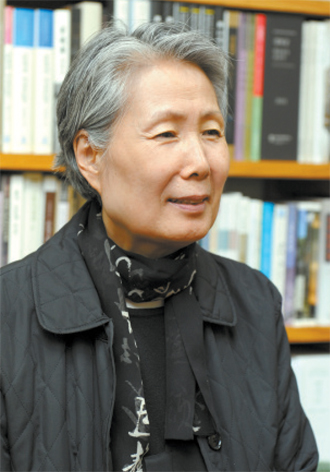Heritage panel to examine state of damage

Byun Young-sup
The JoongAng Sunday talked to Byun Young-sup, the head of the Cultural Heritage Administration.
Q. We found cases of cracks, exfoliation and discoloring in more than 100 spots of Sungnyemun in just five months after the restoration. Were you aware of this?
A. First of all, I’d like to say how sorry and terrible we feel. The moment I heard there was a problem with dancheong (traditional coloring) in Sungnyemun, I ran to the site. I wasn’t able to count all the cases, but I have been aware since then that there is much damage. Since then, professionals have been monitoring the situation. We will soon form a team led by the National Research Institute of Cultural Heritage and look into the problems.
What is going to happen then?
In order to peel off the current dancheong and color again we would have to resort to artificial color pigments and adhesive, something that many Korean artisans have been doing, after traditional materials and methods have been lost. But that would mean another failure.
Although I am not resenting the past and history of Korea, there is no way but to start research again to recreate traditions right this time. However, one thing would be different. If we were to restore Sungnyemun again, I don’t want to put up steel fences around. Instead, the fences would be transparent so that people can witness the entire process.
What have you realized after joining the CHA?
I learned that there are few of “our things” that exist today. For instance, one type of traditional color pigment, called noerok, could’ve been extracted from a mine in Pohang, North Gyeongsang. But the mine was designated a cultural heritage itself, which prevented us from getting near.
For such reasons and others, we had no choice but to resort to imported traditional color pigments. It is true that Japanese color pigments are a lot different from ours as they are mostly used inside and not outside due to humid weather. I agree with the people who say we shouldn’t rely on Japanese materials this time. We will work to use traditional color pigments found in Korea as much as possible.
BY SPECIAL REPORTING TEAM [hkim@joongang.co.kr]










with the Korea JoongAng Daily
To write comments, please log in to one of the accounts.
Standards Board Policy (0/250자)